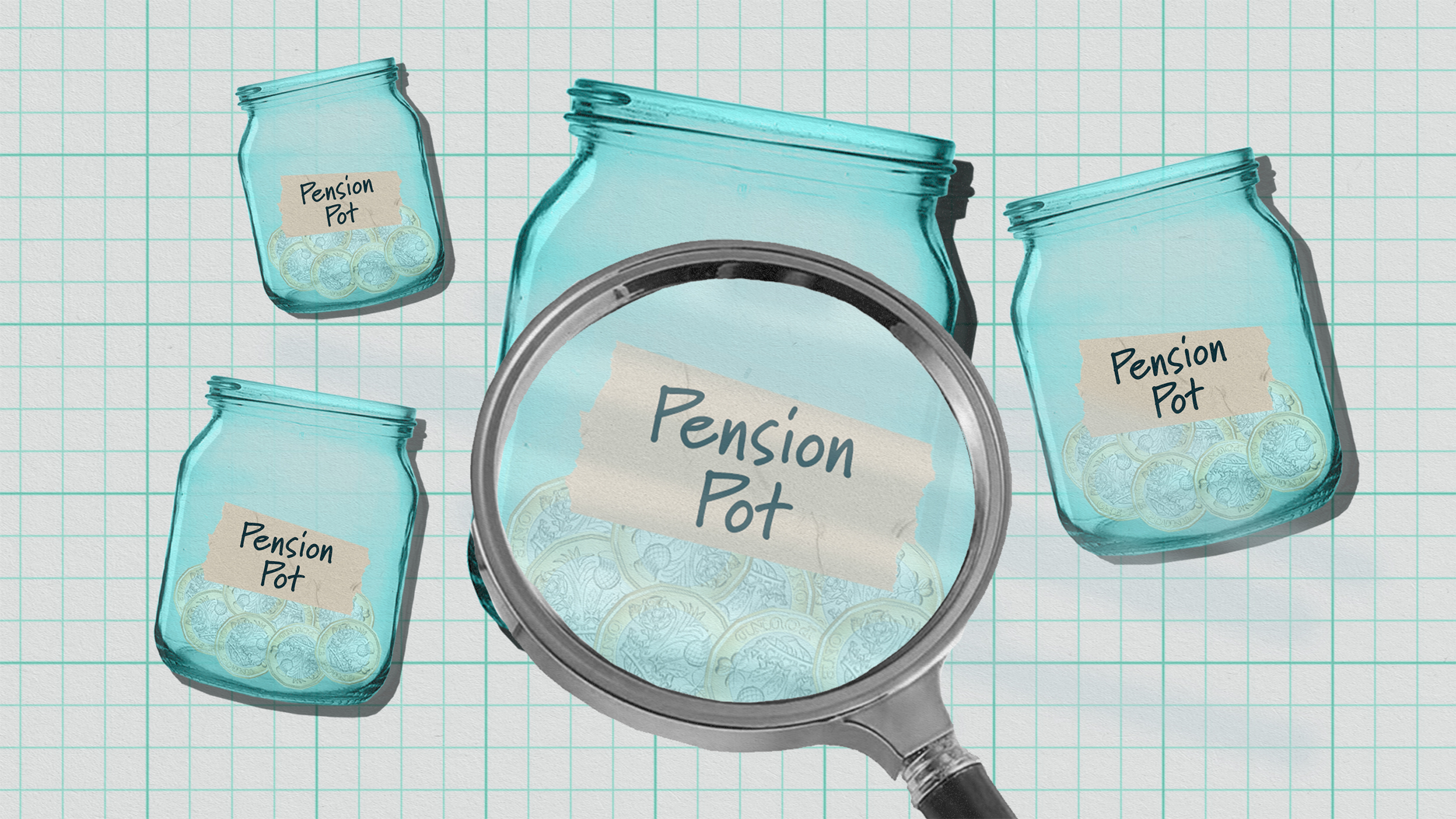Forgotten pensions and combining different pension pots
A 5 minute read

The Association of British Insurers (ABI) say there’s around £26 billion* to be claimed from lost pensions. Wait, how much? - that’s a huge amount of money you could be throwing away that’s rightfully yours.
But is it any wonder when on average, a worker will have 11 different jobs during their lifetime? A particular problem for younger people, who tend to move around more frequently, and as we move from one employer to the next, we inevitably build up new pension funds.
You might know your pension exists, but you’ve misplaced the details like the provider name or pension number. Or, over time, you’ve just lost all track of it.
Time to find lost treasure
If you’re putting off tracing your pensions because you think it’s a lot of work, or that your lost pension isn’t worth it, think again. It’s a lot easier and more-straight forward than you think - and you might be surprised at how much money you’ll find in your pot.
With a lost pension, you probably don’t know how your money is being invested, what growth rate it’s achieving or what fees you’re paying on it. All these factors affect how much that fund will be worth when you retire.
Plus, however far you are from retirement, it’s important to know if your savings are on track. If you don’t know where all your savings are, it’s unlikely you’ll have a clear understanding of what you have built up so far.
So, how do you do it?
Where to start depends on how much you already know about your lost pension. If you have a defined contribution pension then your provider is obliged to send you an annual statement, so go through the dark corners of your house and find that paperwork you’ve stuffed away. (If you have a defined benefit pension then your provider doesn’t have to automatically send you an annual statement. You can request one, though and this should be sent to you within two months).
If you can find out who your pension provider is, you can get in touch with them directly. It’ll help if you can give them your:
- Name
- Date of birth
- National Insurance number
- Pension policy number
- Relevant dates, such as when you think the pension was set up and when you last contributed.
Don’t worry if you don’t have all of this information - just supply what you can.
If you don’t know who your pension provider is, then get in contact with your previous employer and let them know when you worked there. They should be able to give you your pension providers details and tell you how to get in touch with them.
If you don’t have any of this information, don’t worry - all is not lost. The government has a free service called The Pension Tracing Service, that can help. Via their website, you can enter the name of your former employer and receive contact details to help you to reunite you with your lost savings. You can also access the service by phone.
What should you do when you find your lost pension?
For some, simply knowing where your pension is may be enough and you may be happy to leave your lost pension invested where it is. Just be sure to update the provider with your new contact information, the last thing you want to do is lose track of it again.
If you’re finding it tricky to keep on top of what you have, then it’s possible to bring all your pots under one umbrella, combine them into one - and this will certainly make things much more manageable. Working out if this is a good idea, will depend on a number of factors, including what type of pensions they are, how much they are worth, how well they are being managed, and whether they currently have any special guarantees.
Where to start with bringing your pension pots together
First things first, the most important thing to understand is whether your pension is a defined benefit scheme or a defined contribution scheme. Defined benefit schemes (also known as final salary or career average) schemes, mean you are guaranteed a certain pension value (usually a percentage of your final salary) when you eventually retire. This means the scheme has to pay you the amount you’re entitled to, regardless of what happens to the underlying funds.
Generally, it’s not a good idea to transfer out of a defined benefit scheme, as you would be giving up a fixed income for a less certain one and it could possibly leave you worse off. However, there may be some circumstances where transferring out of DB pension could be beneficial. Because this is such a big financial decision, usually you have to seek independent financial advice before transferring a defined benefit pension.
If the pension is a defined contribution pension, then it’s a bit simpler to move your money. Before you do anything though, you’ll need to check the scheme details. The main aspect to consider is what could you potentially lose if you moved your pension into another pot, this may be things like:
- Some older pension polices could have some additional benefits, such as additional death benefits, a higher-than-normal tax-free lump sum or a guaranteed annuity rate. These valuable benefits could be lost if you transfer them.
- You’ll also want to look at the performance of your pension. If an older pension is performing better where it is, it may not make sense to move it. Some pensions may also offer a better and more diverse range of investment funds.
- The next question to consider is will the new pension be more expensive than my existing one? Each of your pension pots charges you a fee (usually called an Annual Management Charge or Servicing Charge), so compare the charges to make sure you’re getting the best deal. Some older pension pots may also have an exit charge if you want to move to a different plan.
Don’t let history repeat itself!
You’ve taken the time to track down your pensions, so make sure you hold on to any new pension documents you’re given and keep a note of your pension policy number. If you move address, add your pension provider to the list of companies you need to inform.
If you change employers, remember that payments into your existing pension will stop, and your new employer will usually set up a new pension for you. This means you’ll have two (or more) pensions to keep track of.
If you can register online to manage your pension, this may also help you to keep in tune with it.
It will undoubtedly be easier to manage all your pots by having them in one place – but combining your pension pots is not a decision that should be taken lightly. For some people it will absolutely be the right thing to do, for others, some caution will be needed. As always, it’ll take some research and it may help you to seek professional financial advice before you make any decisions. The Government backed service, Money Helper is a good place to find a financial adviser.
*Figure provided by the ABI. October 2022.
